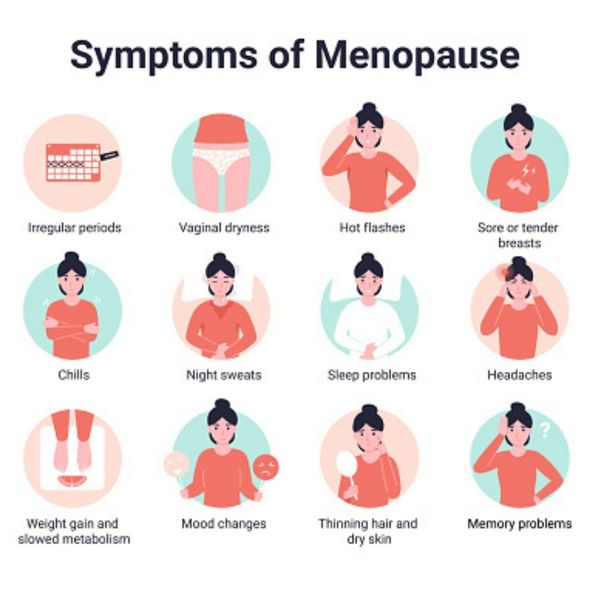Generally, high cholesterol symptoms are not obvious. However, you can detect it by your doctor’s blood tests, which measure total cholesterol, LDL cholesterol, and HDL cholesterol. If you have high cholesterol, you should consult a doctor immediately. Your doctor can prescribe medications to help lower your cholesterol and prevent heart attacks and strokes. If you have high levels of LDL, you can talk to your doctor about your treatment options. If you are experiencing any of these symptoms, you should consult a doctor to get your blood tested.
People with familial hypercholesterolemia (FH) have cholesterol levels of 300 mg per deciliter (mg/dL). This condition can result in a yellow or brown patch above or beneath the skin. If the plaque builds up, you will have a higher risk of a stroke and reduced blood flow to the brain. For those who experience these symptoms, it is important to consult a doctor as soon as possible.
Another common high cholesterol symptom is chest pain. When the plaque builds up in the coronary arteries, it may lead to a heart attack or even a stroke. The buildup in these areas restricts blood flow and can cause a throbbing sensation. These symptoms are signs of a high cholesterol level and should be treated as soon as possible. When these high cholesterol levels are not addressed in time, the plaque will worsen, resulting in coronary artery disease or peripheral artery disease.
Other high cholesterol symptoms include a yellow or orange patch under the eyelids, which are often a sign of the disease. These are xanthomas, which are yellowish-orange deposits that can develop on any part of the body. If not diagnosed early enough, high cholesterol can progress to the next stage of the disease – coronary artery disease. If the plaque forms in the coronary arteries, you may suffer from a stroke or heart attack.
Depending on the type of cholesterol, you might also experience these symptoms. These include chest pain, headaches, and tingling in your arms and legs. A xanthoma is a yellowish patch under the eyelids. The presence of an xanthoma is a sign of high cholesterol. In addition to chest pain, you may also experience a tingling sensation in your hands and feet. The swelling and inflammation of these spots is another sign of high cholesterol.

In cases of familial hypercholesterolemia, high cholesterol can be inherited. These people are more likely to have a family history of the disease. For this reason, it is important to get checked regularly. Your doctor may perform a lipid panel to determine your cholesterol levels. Adults are advised to have their cholesterol tested every four years. Children and teenagers should have it more often. If you have a family history of high cholesterol, it is recommended that you have a lipid panel at least once a year.
The presence of xanthomas on the eyelids is another sign of high cholesterol. These are yellowish deposits of fat that are found in other parts of the body. While these are the most obvious signs of high cholesterol, you may not be aware of them. For these reasons, it is important to talk to your doctor and see your doctor. If you have a family history of the disease, you should also consult with a specialist to determine if you have the condition.
If you have high cholesterol levels, you should see your doctor as soon as possible. You should also consider if you have a family history of high cholesterol. If you have a family history of the disease, your doctor may perform a genetic test to determine the exact cause. If there is a family history of high cholesterol, it is important to know that your doctor may be dealing with a genetic problem. If you suspect that you have FAH, it is recommended that you contact your doctor immediately and consult the site Sagg 2019.
If you have high cholesterol, your doctor may recommend a blood test to check your cholesterol levels. Your doctor may suggest medication to help lower your cholesterol levels. A blood test can also help determine if you have high cholesterol. If you have high cholesterol, you should consult your doctor for further treatment. It is important to get the results of your tests in order to determine the cause of the disease. If you are already suffering from this condition, you can also consult your doctor to monitor your condition.